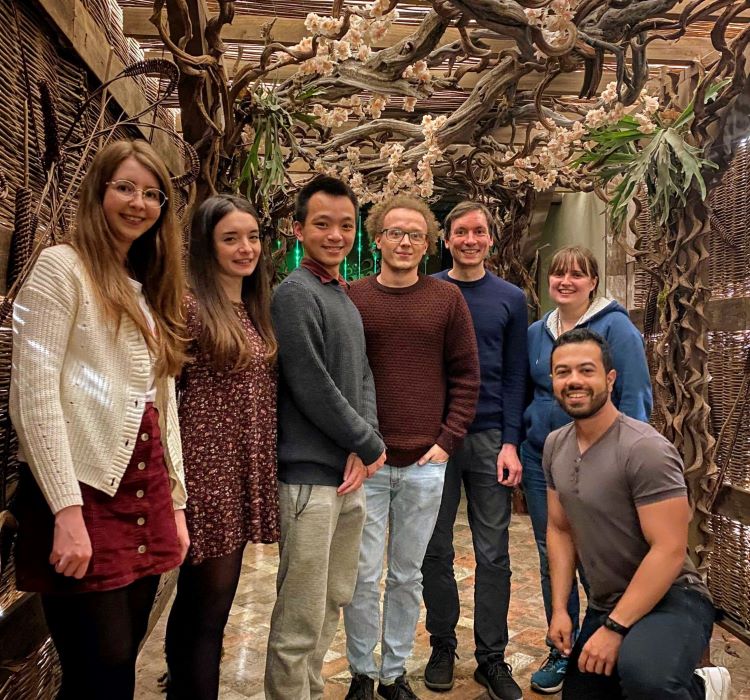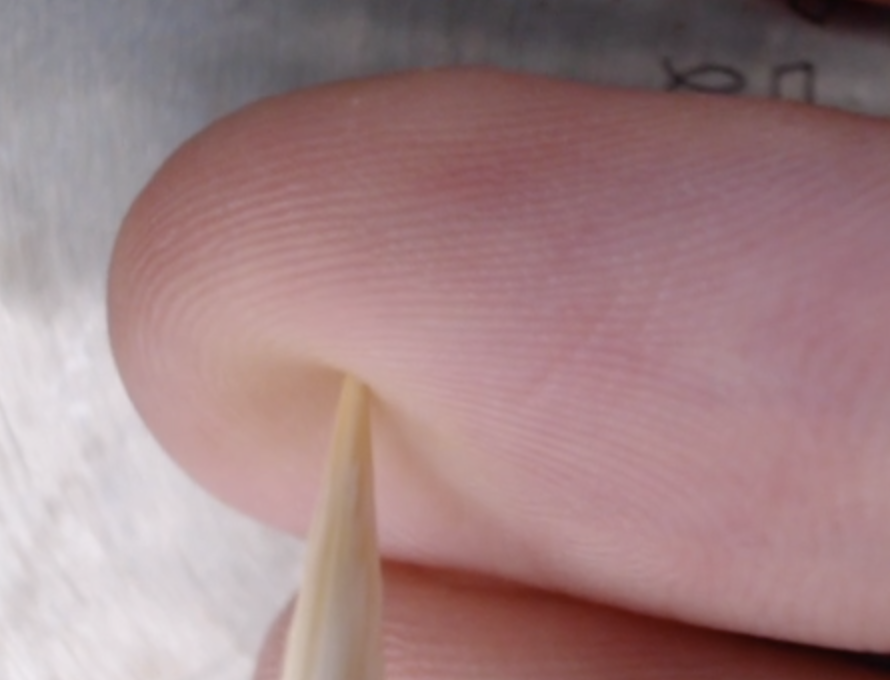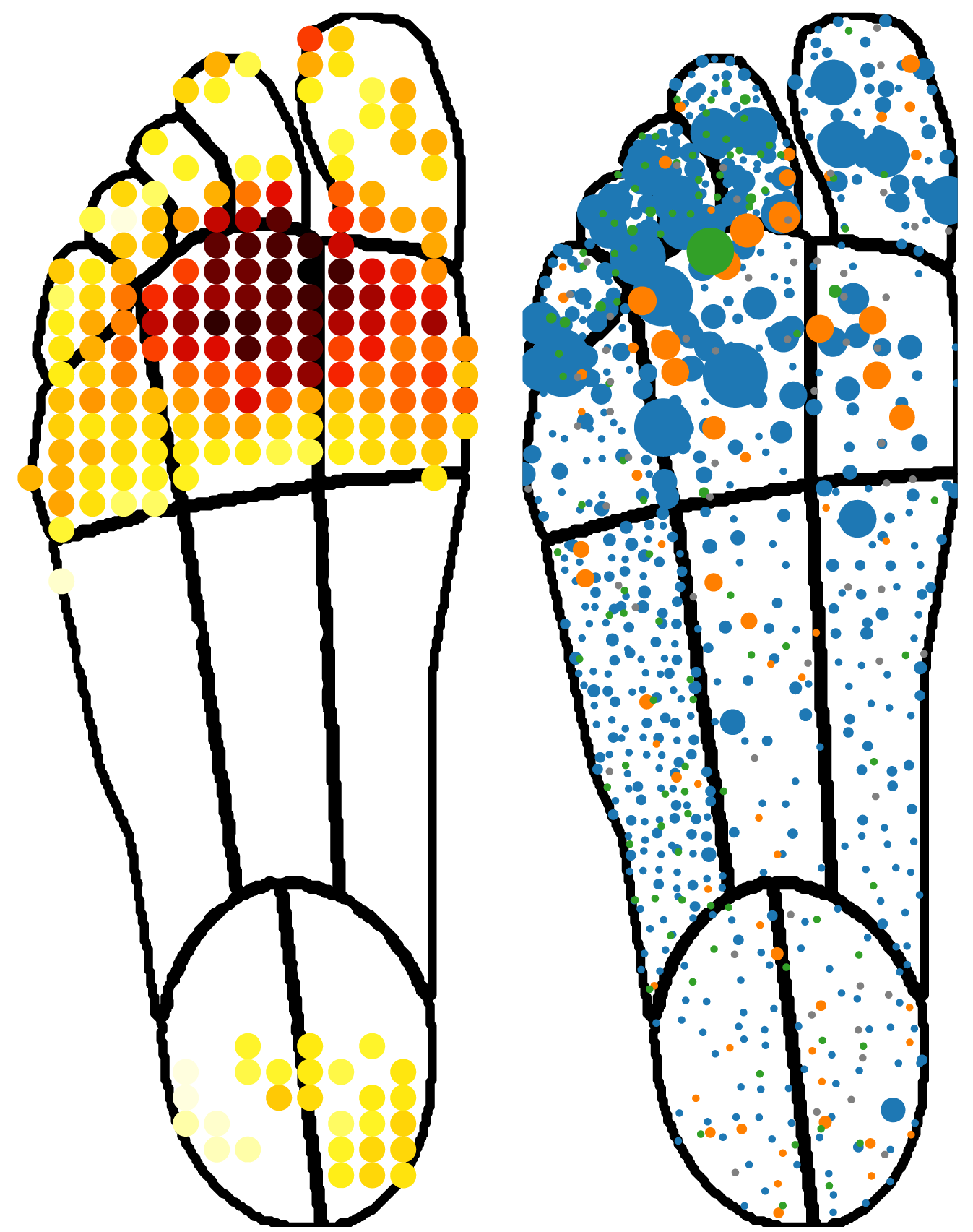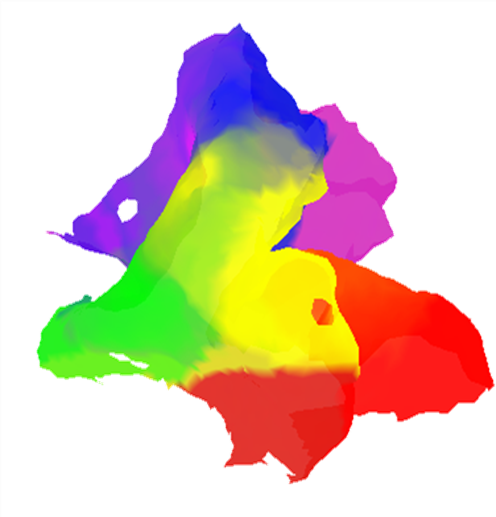
The Active Touch Laboratory uses methods in psychophysics, computational modelling, and robotics to investigate tactile sensing in people and intelligent machines.
We are based at the University of Sheffield in the School of Psychology. We are also affiliated with Sheffield Robotics, INSIGNEO Institute for in silico Medicine, and the Neuroscience Institute.
Our research is funded by the European Union, the Leverhulme Trust the Medical Research Council, and the Engineering and Physical Sciences Research Council.

How do the mechanical properties of the skin affect neural coding? Our research aims to uncover how mechanical contact events propagate through the skin, both on a coarse and a small scale, and then drive individual mechanoreceptor responses.

We build large-scale models that simulate population responses from thousands of mechanoreceptive afferents innervating the hand or the foot. These models can help investigate neural coding on the population level and are employed in neuroprosthetic and robotics applications.

Using computational models ranging from the abstract to the detailed, we explore how touch is represented in the brain. We also investigate how these representations can adapt over time and how they might shape perception.
Mia's findings on skin stretch from her SURE project are published in J R Soc Interface.
08/01/2025Celia, Holly, and Hannes attend the EPS conference in London to present their work on body representation.
10/12/2024Luke passed his viva with no corrections. Congratulations Dr Cleland!
09/09/2024Zijun passed his viva with minor corrections. Congratulations Dr Li!
08/07/2024The lab is co-hosting UK Neural Computation 2024 in Sheffield.
30/06/2024Hannes, James, and Luke attend EuroHaptics 2024 in Lille.